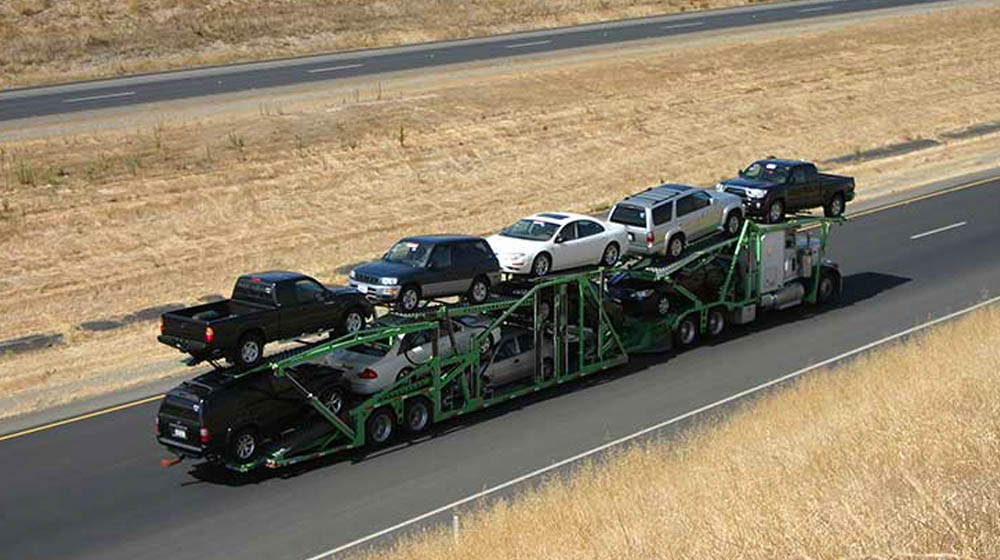In recent years, the internet has transformed almost every aspect of life — and buying a classic car is no exception. Once a process that required scouring local classifieds, visiting dealerships, or attending far-off auctions, purchasing a vintage automobile has become more convenient and accessible than ever. Enthusiasts from all walks of life can now browse, research, negotiate, and purchase classic cars without leaving their homes. But with convenience comes a unique set of considerations. If you’re thinking about buying a classic car online, here’s everything you need to know to make your experience smooth, secure, and ultimately satisfying.
Why Buy a Classic Car Online?
The allure of classic cars lies in their history, style, and craftsmanship. From the sleek curves of a 1960s Jaguar E-Type to the muscle-bound presence of a 1970 Dodge Charger, these vehicles evoke nostalgia and timeless elegance. Online platforms offer access to a global marketplace, opening doors to rare models and better pricing than what might be available locally.
Websites like Bring a Trailer, Hemmings, and eBay Motors cater specifically to vintage car buyers. These platforms often feature detailed listings with high-resolution photos, maintenance records, and seller notes. Buyer reviews and discussion forums provide additional insight and reassurance. Compared to traditional shopping, online car buying is no longer a gamble — it’s a streamlined, data-rich experience with protections in place for both buyers and sellers.
Research: The Key to a Smart Purchase
Before you dive into bidding or negotiating, it’s crucial to do your homework. Unlike modern cars, classic vehicles vary significantly based on condition, originality, and provenance. A 1967 Ford Mustang with matching numbers and a verified restoration will fetch a higher price — and offer a better investment — than one in poor shape with non-original parts.
Take the time to learn about your target model: its history, typical mechanical issues, and what to look for in terms of rust or restoration quality. Join forums or Facebook groups dedicated to that make and model. Real-world insights from current owners are invaluable.
Also, examine the vehicle’s documentation. Look for service history, ownership records, and any restoration work that’s been done. Don’t hesitate to request more photos or ask for a video walkaround from the seller. A reputable seller should be transparent and responsive to your questions.
Inspections and Verifications
Though you’re shopping online, you don’t have to forgo an inspection. Hire a qualified appraiser or mechanic in the seller’s area to perform a pre-purchase inspection. They’ll provide a detailed report on the car’s mechanical condition, bodywork, and overall authenticity. This can save you from making a costly mistake and give you negotiation leverage if any flaws are found.
If you’re buying from a dealership that specializes in classic cars, see if they offer in-house inspection services or warranties. This adds an extra layer of protection, particularly when purchasing sight-unseen.
Payment and Documentation
When it’s time to seal the deal, use secure payment methods. Avoid wire transfers unless you’re dealing with a known and reputable dealer. Escrow services can also offer peace of mind — your money is held by a third party and only released once you’ve received and approved the vehicle.
Make sure all documentation is in order. This includes the title, bill of sale, and any transfer paperwork required by your state. Depending on the age of the car, emissions and safety requirements may be waived or adjusted, so check with your local DMV before finalizing the transaction.
Shipping Your Classic Car
Once you’ve paid for your classic car, the next step is getting it home. While some buyers opt to fly out and drive the vehicle back themselves, shipping is often the safest and most practical option, especially for rare or delicate automobiles.
There are two main options: open and enclosed transport. Open carriers are more affordable but expose your vehicle to the elements. Enclosed transport, while more expensive, offers protection from weather and road debris — a worthwhile investment for high-value or freshly restored classics.
Choose a reputable auto transport company with experience in classic car handling. Check reviews, request insurance coverage details, and confirm their track record with vintage vehicles. Many companies allow you to track your shipment in real-time and will provide updates throughout the journey.
Don’t forget to inspect the car thoroughly upon delivery. Note any damage immediately and document it with photos. A good shipping company will have an inspection form and require a signature upon delivery to confirm the condition.
After Delivery: Registering and Enjoying Your New Ride
With your car now in your garage or driveway, there are just a few more steps before you hit the road. Depending on your state, registration requirements vary for classic or antique vehicles. Some areas offer special plates and insurance rates for vintage cars that are driven only occasionally.
You should also consider classic car insurance. Standard auto policies typically don’t provide enough coverage for collector vehicles. Look for insurers that specialize in vintage cars and can offer agreed value coverage — meaning if your car is totaled, you’ll be reimbursed for its appraised worth, not just market value.
Lastly, take a moment to appreciate your new ride. Owning a classic car isn’t just about transportation; it’s a hobby, a conversation starter, and often a dream come true. Whether you take it to shows, weekend cruises, or simply admire it in your garage, it’s a piece of history that now belongs to you.
Conclusion
Buying a classic car online is no longer an outlier move — it’s becoming the new standard. With the right research, safeguards, and services like vehicle inspection and shipping, you can confidently purchase your dream car from anywhere in the world. Embrace the technology, trust your instincts, and soon you’ll be behind the wheel of a timeless machine that connects you to a golden era of automotive design and craftsmanship.



